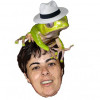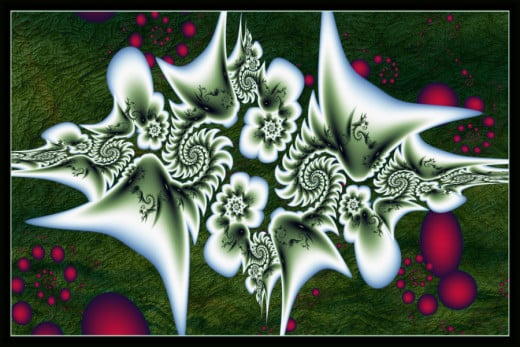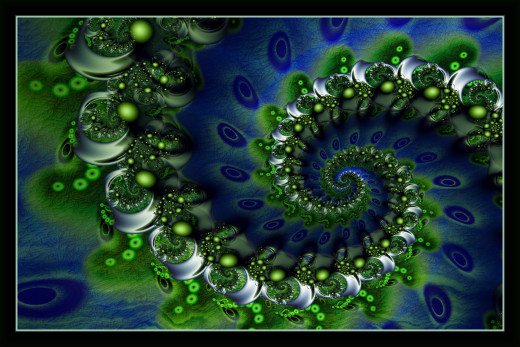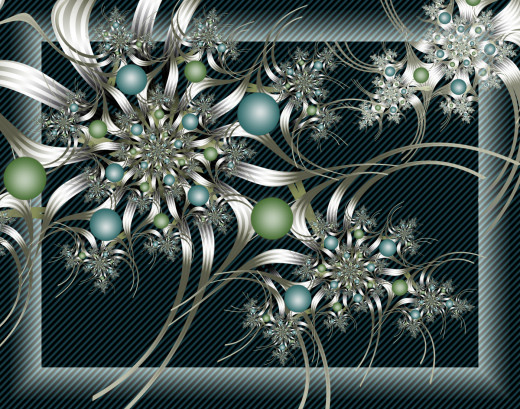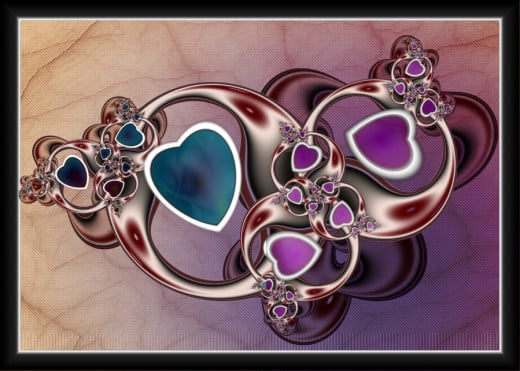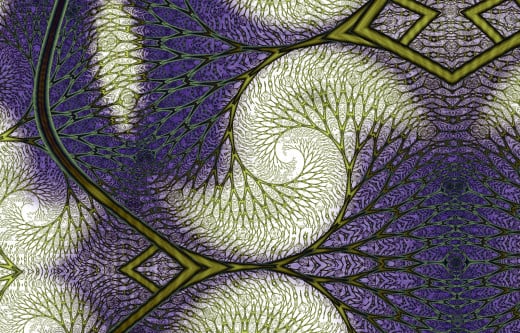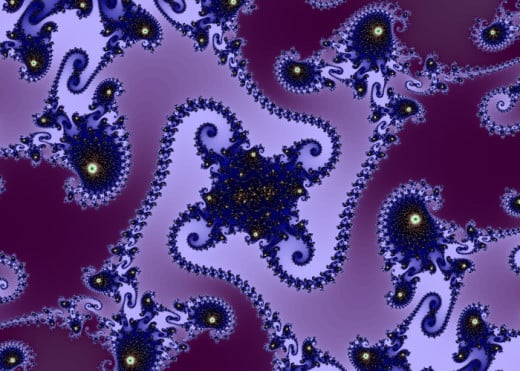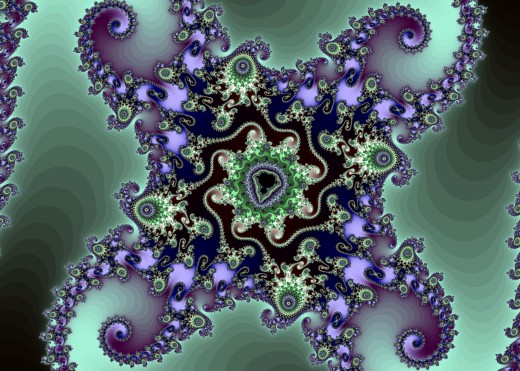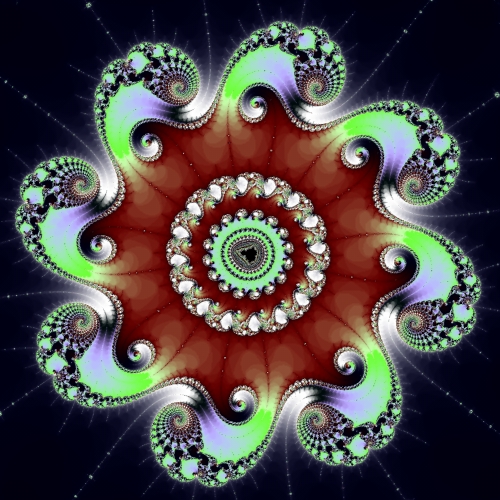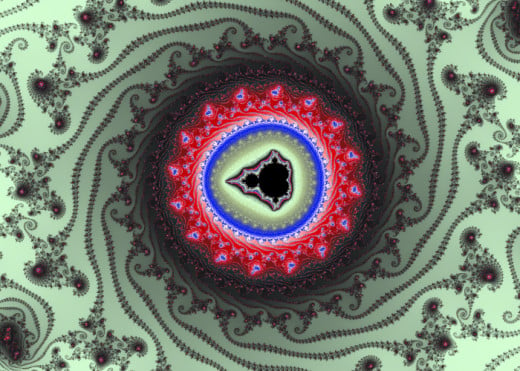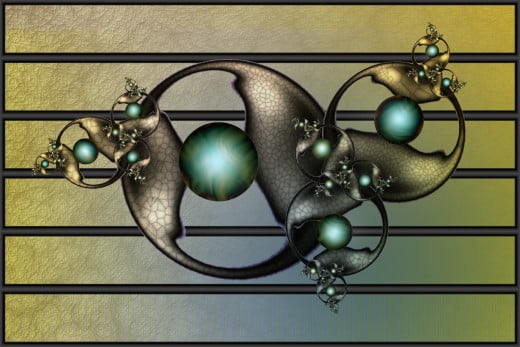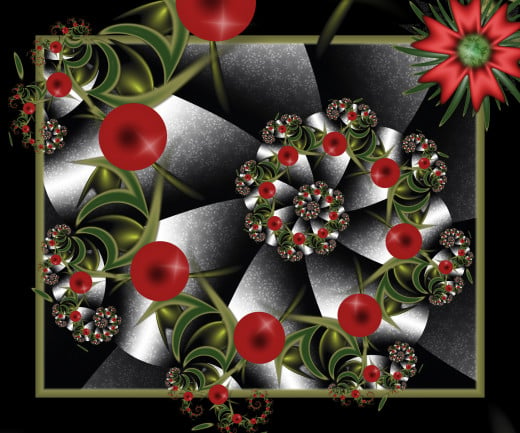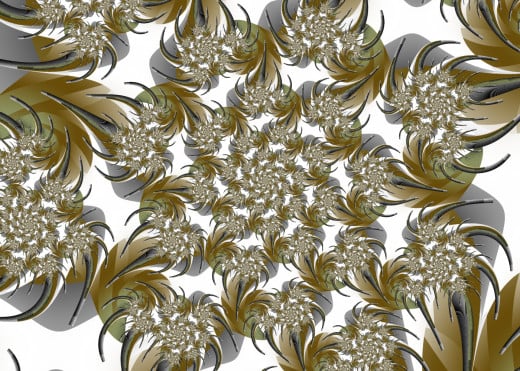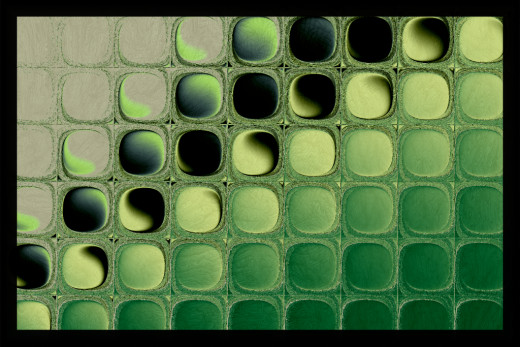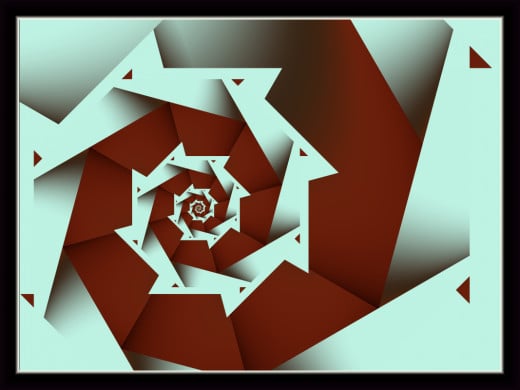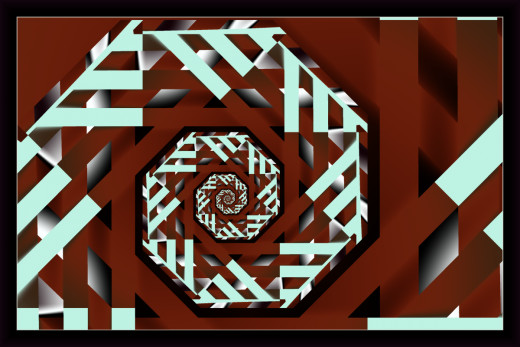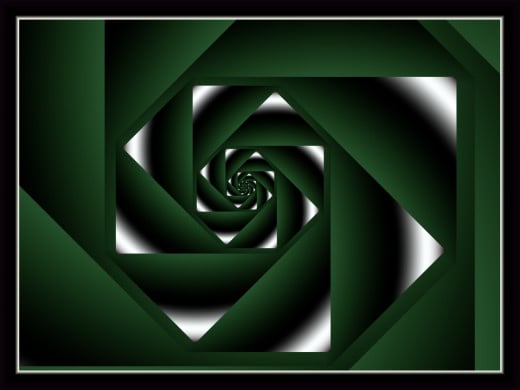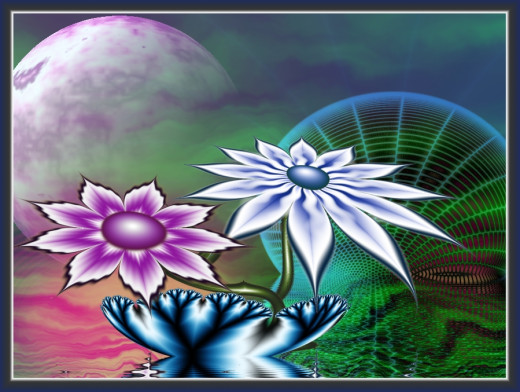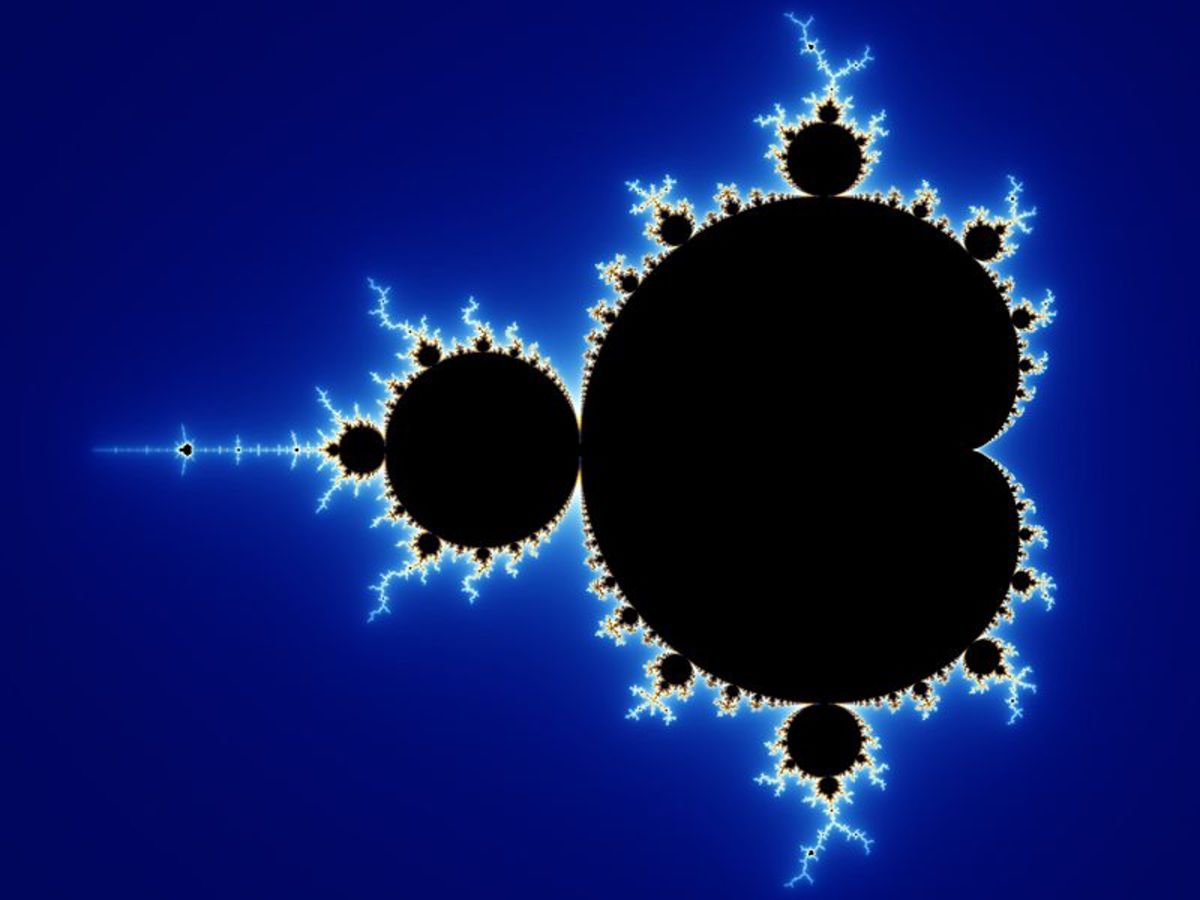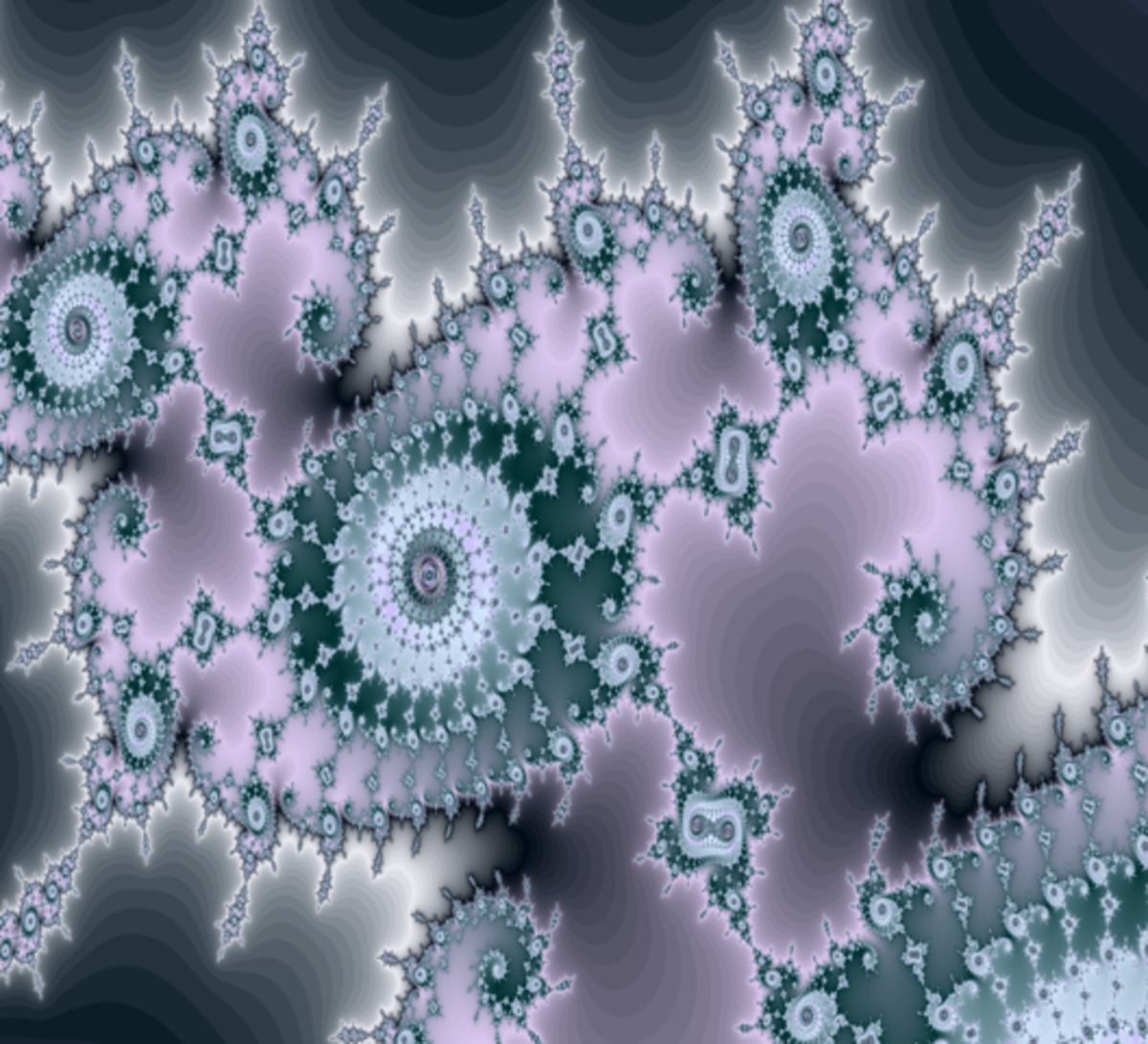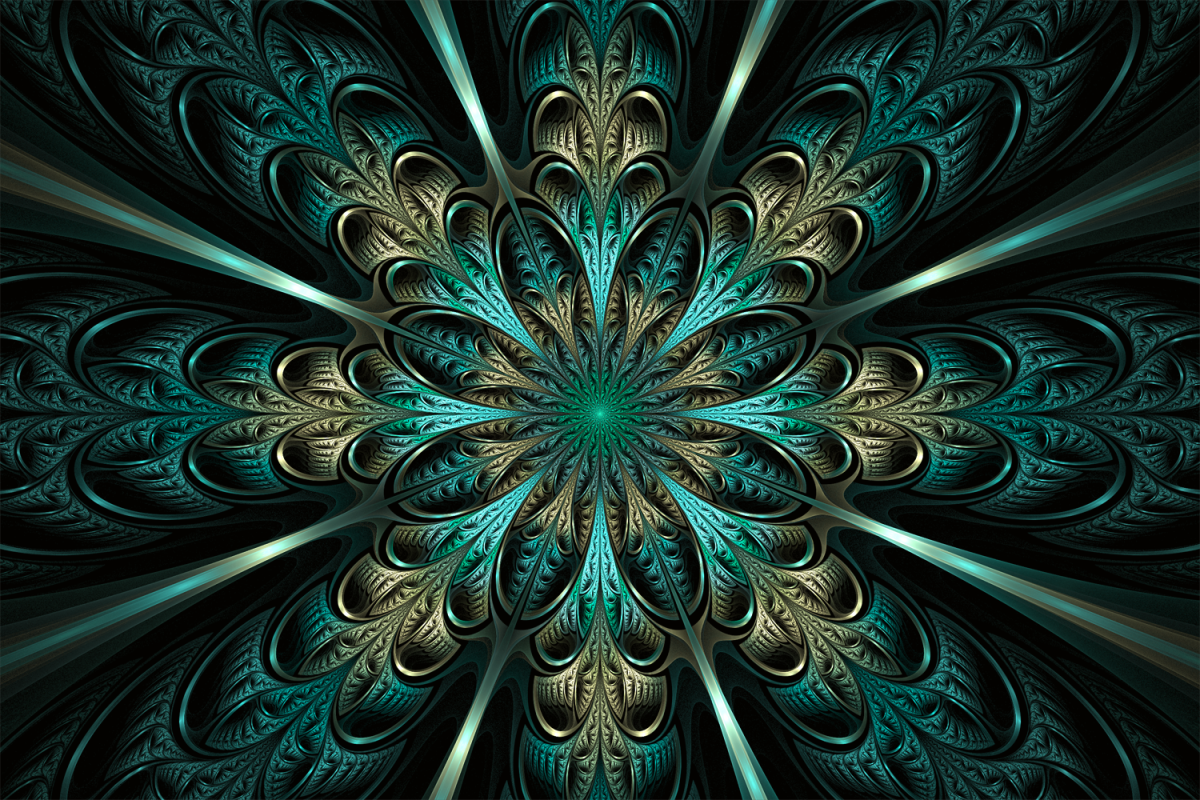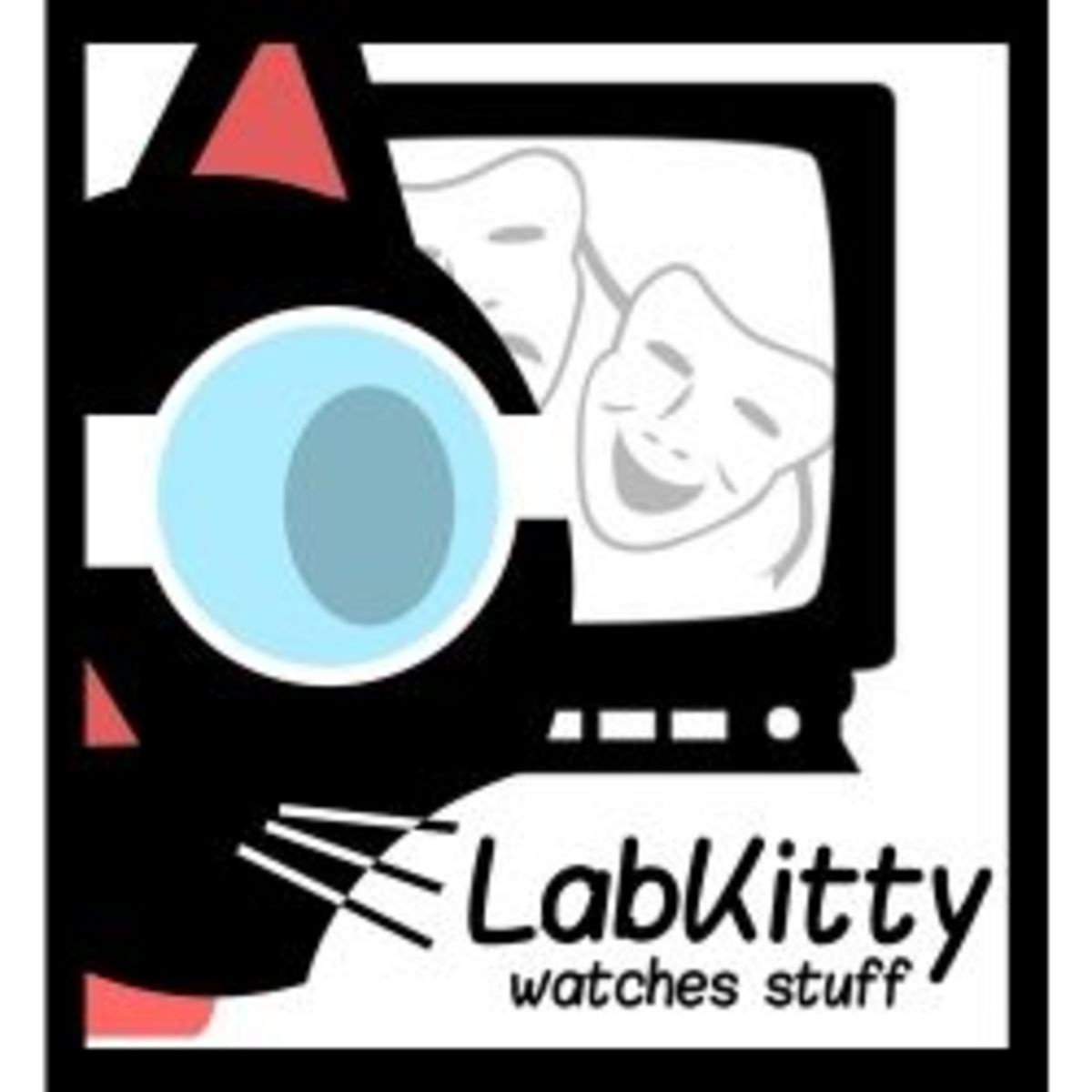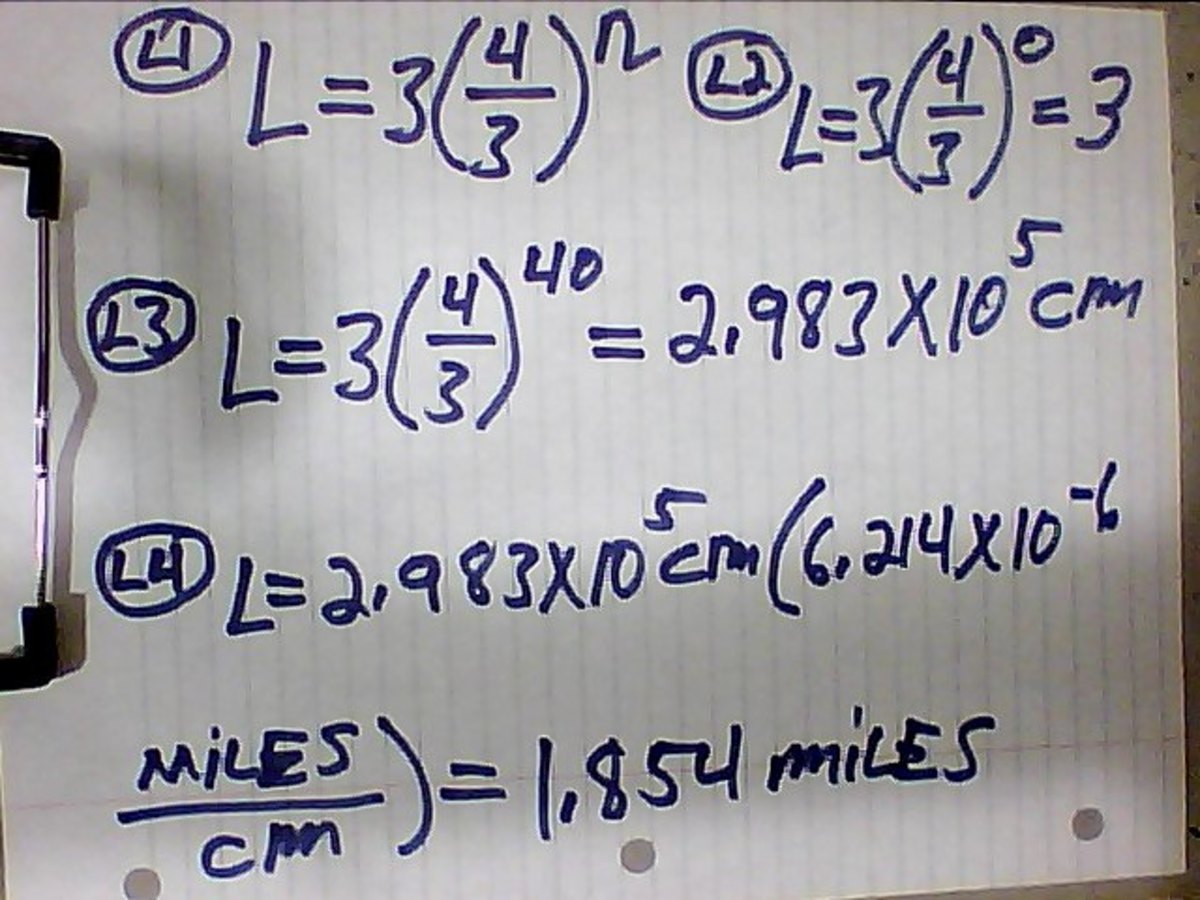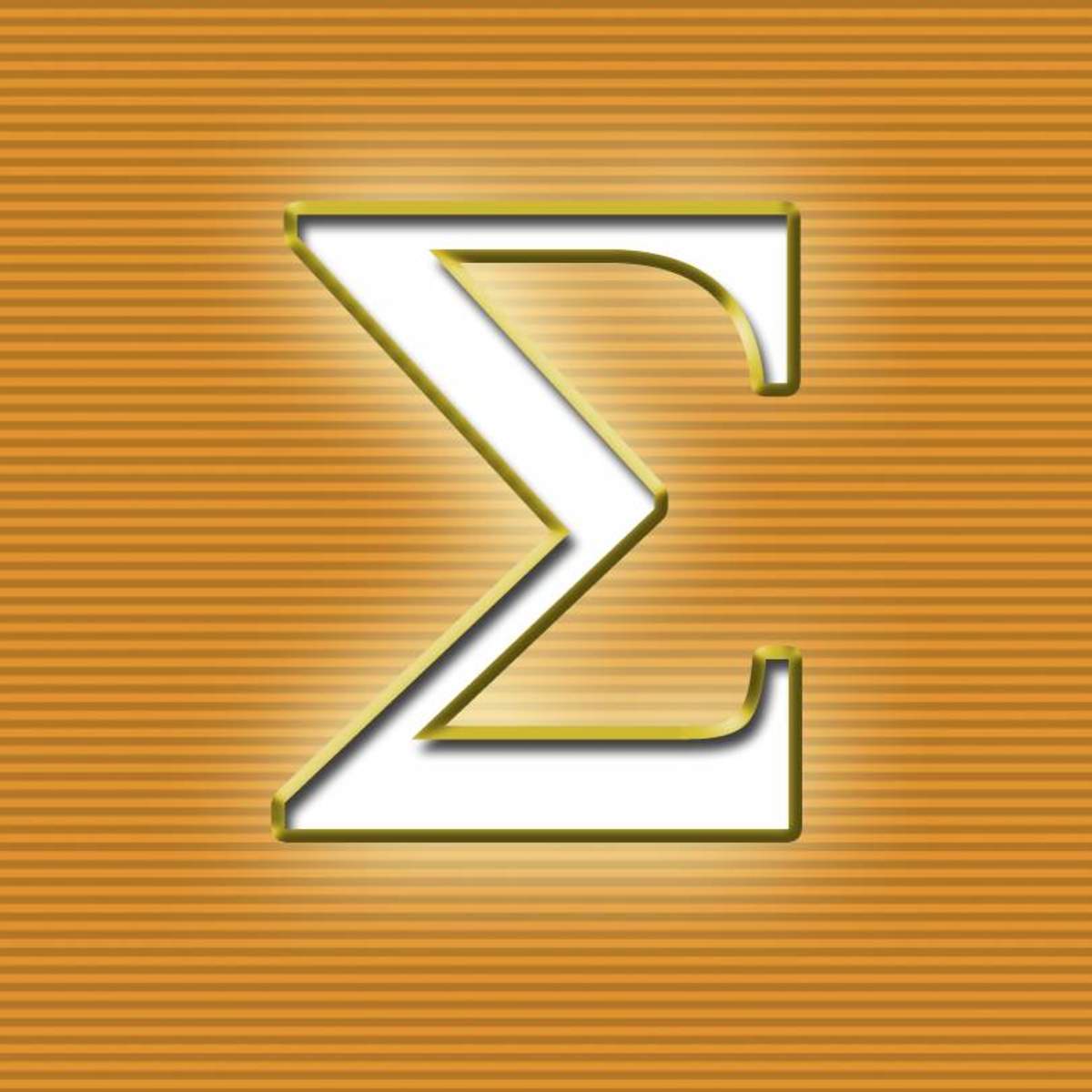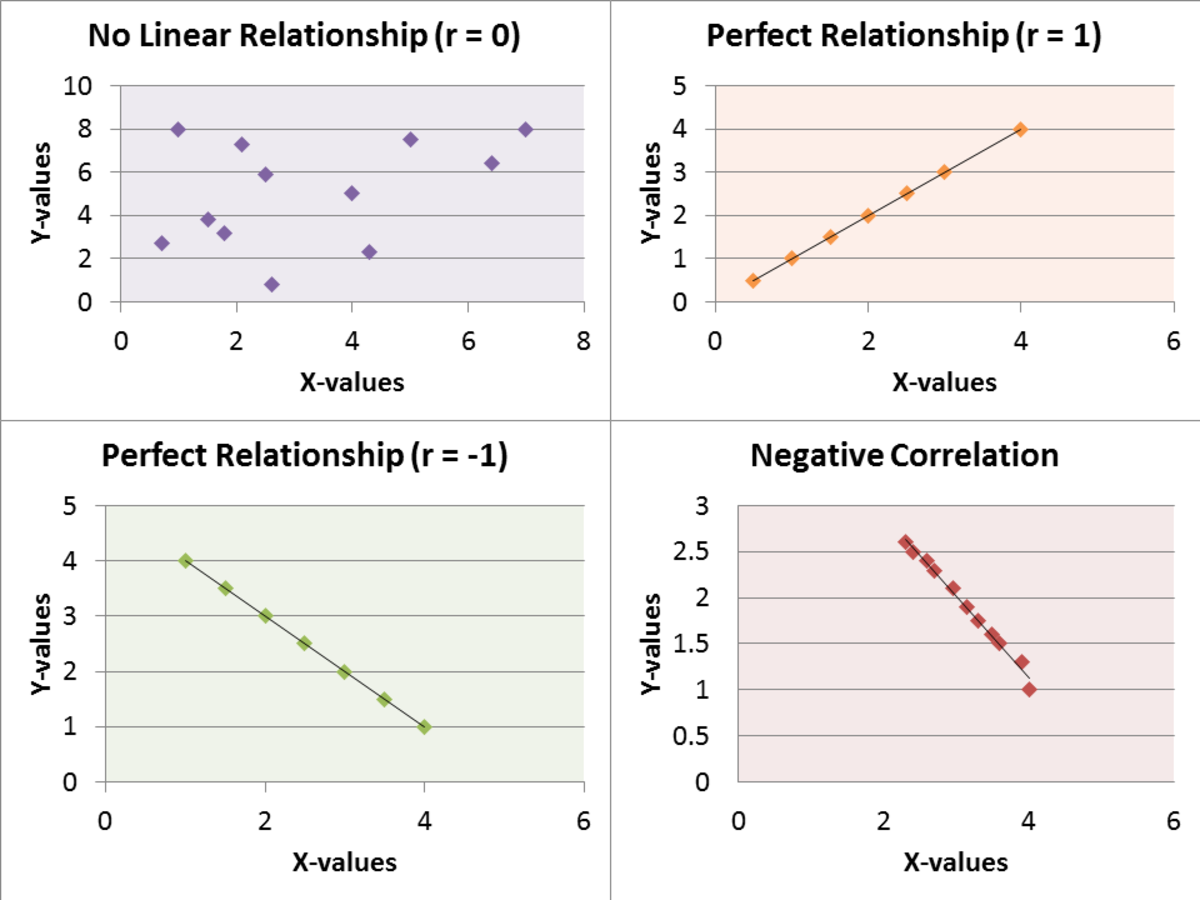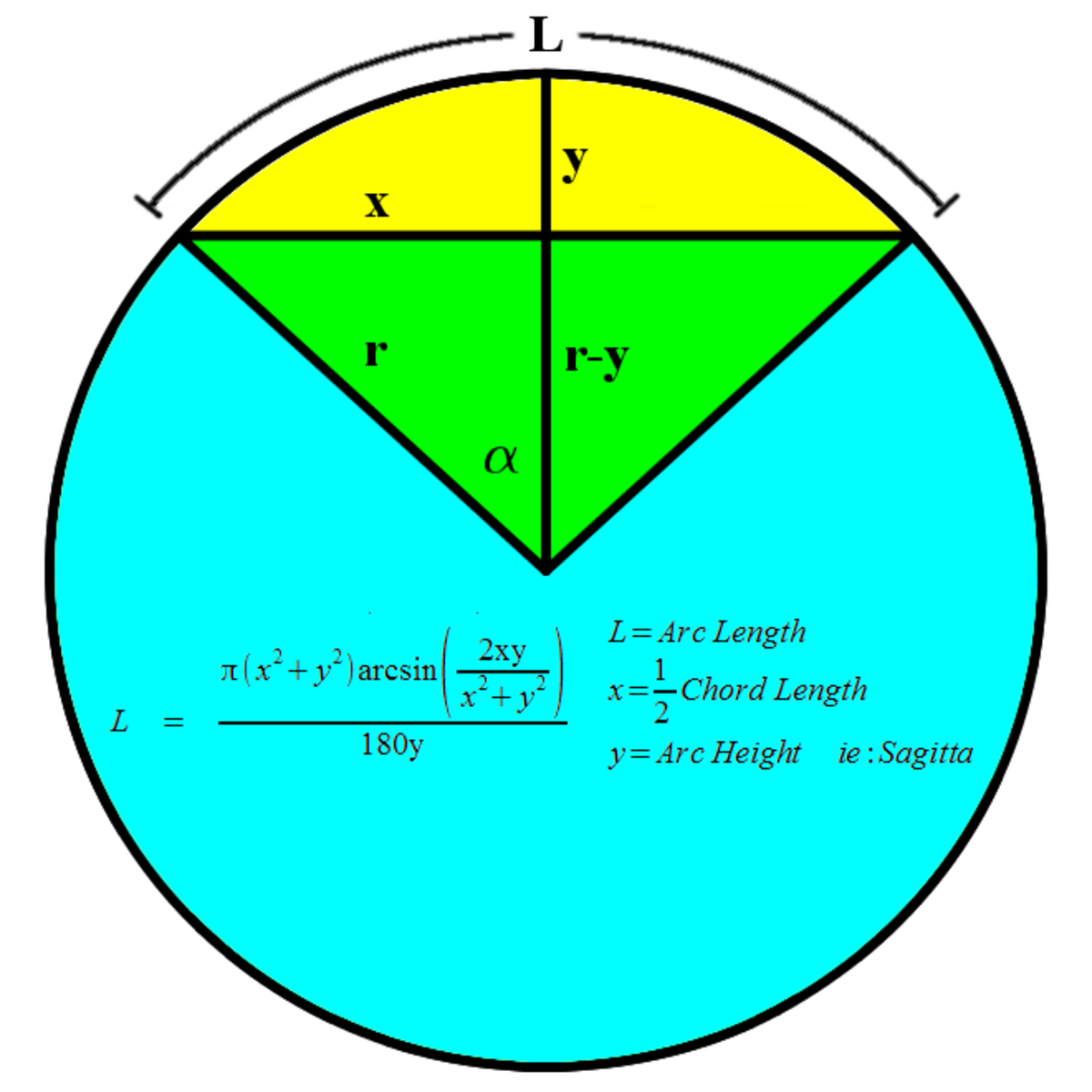What are Fractals? How is Maths Used to Make Art?
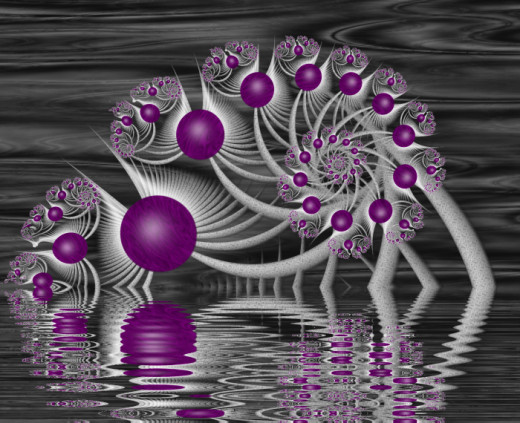
As I insist on inflicting my fractals on long suffering friends I am often met with questions about how they are created. How can I turn complicate maths into art? Do I understand the mathematics?
It is actually difficult to find an exact definition of fractals. The father of fractal geometry, Benoit Mandelbrot, defined them as ""beautiful, damn hard, increasingly useful. That's fractals." That might be witty but it is not exactly helpful.
The generally accepted property of fractals is that they are "self-similar" over different scales. This means that if you zoom in on any part of the image you will see the same, or similar patterns. Small sections of the image are as complex, as the whole, which doesn't happen with non-fractal patterns. The concept of 'iterations', doing something over and over again, for example solving a formula for ever increasing values, is integral to fractals. If you plot the results of the iterations in a plane, or a computer screen, you might see a fractal pattern.
Some Fractals from my Collection
Click thumbnail to view full-size




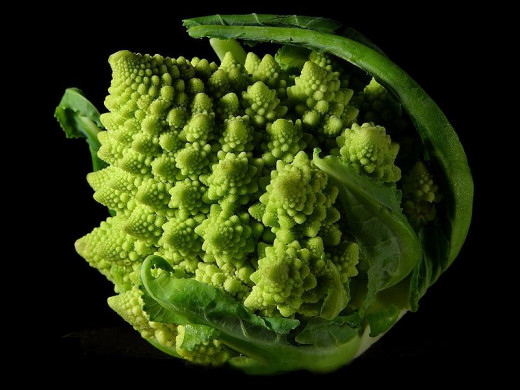
Fractals and Imaginary Numbers
An added complication is that fractal maths involves dealing with complex numbers. These are numbers that have a real component, and an imaginary component. For example what is the square root of -1? Actually there is no answer since 12 and -12 both equal 1. However, that did not stop mathematicians from 'imagining' numbers that didn't exist. They just decided to represent √-1, as the letter i, and happily proceeded from there.
You might think that such mathematics is pretty useless. However, fractals don't just exist in the imagination of mathematicians. Many natural phenomena are fractal. The most famous example is probably broccoli. Fractal maths is extremely useful, from studying weather patterns, electronics, medicine and physiology to many other fields.
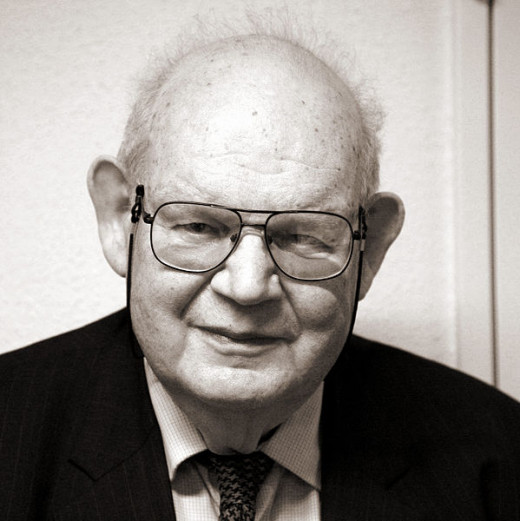
Benoit Mandelbrot the Father of Fractal Geometry
Benoit Mandelbrot (1924-2010) is the mathematician who really invented fractal geometry. He developed the 'theory of roughness', and showed that seemingly chaotic phenomena, like clouds, the surface of rocks, the outline of a coastline, had an ordered element to them.
Mandelbrot used IBM computer graphics to visualise the result of fractal calculations. The co-ordinates of pixels on the screen corresponded to complex numbers, with the real component on the x-axis, and the imaginary component on the y-axis. The colour of each pixel is defined by the results of the fractal formulas.
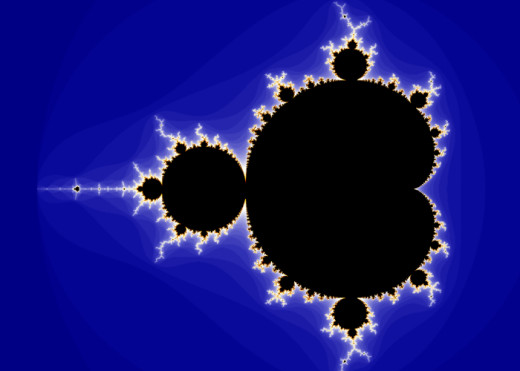
The Mandelbrot Set Fractals
Benoit Mandelbrot also discovered the Mandelbrot set, perhaps the most famous fractal formula. You don't actually need to understand the maths to use it, I wouldn't claim to understand it myself, but, if you are interested, it is a set of complex numbers c, which when plugged into the formula:
zn+1=zn2+C
And starting with z0=0, will give a 'bounded' value for z, no matter how many times the iteration is done. For example, picking C=1 gives a series of z of 1,2,5,26…….the series tends towards infinity, hence 1 is not part of the Mandelbrot set. On the other hand, when C is -1, the series for z is 1, -1, 1, -1……..so -1 is in the set.
When a computer creates an image using the Mandelbrot formula, it tests a vast number of complex numbers (in the example above the complex number component of c was null). It then colours the numbers according to whether it is in the set.
The Mandelbrot fractal might not seem very complex when viewed at normal magnification. However, if you zoom in (a lot) at its edge you discover beautiful, detailed patterns. Fractal artists are still exploring it, and discovering interesting fractals. They have named various regions of it, such as the elephant valley, the seahorse valley and various 'midgets', to make it easier to explain where the fractals were found.
You can see some of my Mandelbrot zooms in the images below.
Some of my Mandelbrot Deep Zooms
Click thumbnail to view full-size



Mandelbrot Fractals are Easy!
Mandelbrot zooms are probably the easiest fractals to create. You don't have to try out different parameters, just pick a nice colour gradient that you like, and start zooming in. However you should be aware that they do take a long time to render, because the zoom is so extreme. The ones I show above are magnified by a factor of 1x1016 or more.
I've used Fractal Explorer to make these, which you have to buy. However many of the free programs, like fractal explorer will let you achieve similar results.
A Very Deep Mandelbrot Zoom using fractal eXtreme
Have you ever tried making fractal art
The Julia Fractals
Another formula that is very commonly used for making fractals derives from the Julia set, which defines a set, derived from a function in complex dynamics. Ok, I don't really know what the above means, and will definitely not bore you with the mathematics. The formula is called after Gaston Julia, a French mathematician.
Julia formulas actually have parameters, you can input different values of the real and imaginary components, which can change the shape of the fractal quite dramatically.
A Fractal Slideshow
You Can Also Pick a Colouring Algorithm to Enhance Your Fractal
The way in which the colour of pixels is defined can be altered by picking a colouring algorithm. They can significantly alter the look of the image. Different programs have different ways of achieving thing. In Ultrafractal, the program I use almost exclusively now, there is a huge list of possibilities in the the public library, and new ones are being written all the time, with exotic names such as 'trap the light fantastic' (one of my favourites, or 'enhanced polar traps'.
One very popular colouring algorithm, at least in Ultra Fractal is orbit traps. The colour of the pixels depends on how close the shape of the orbit resembles geometrical shapes, circles, lines, or asteroids, but also flowers or hearts.
Many of the algorithms have different parameters to play with. Different combinations formulas and colouring algorithms, and different parameters, give an incredible number of possible fractals to create. You can of course choose the colour palette you will be working with
Some of my Fractals Based on the Julia Formula
Click thumbnail to view full-size


Unusual Fractal Formulas and Colouring Algorithms
Although we commonly associate complex patterns and spirals with fractals, some formulas give simple shapes, and patterns. One of my favourites is the gnarl type of fractal. Other formulas give fragmented-looking images.
Complicated programs such as Ultra-Fractal also allow you to add transformations, such as 3D mapping or kaleidoscope effects. Some of the fractals I've created in that program, don't actually look fractal at all.
Simple or Non-fractal Images I've Made in Ultra Fractal
Click thumbnail to view full-size




